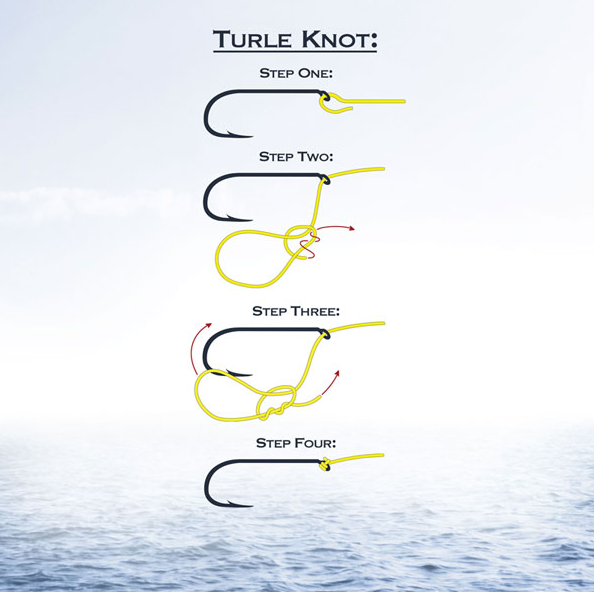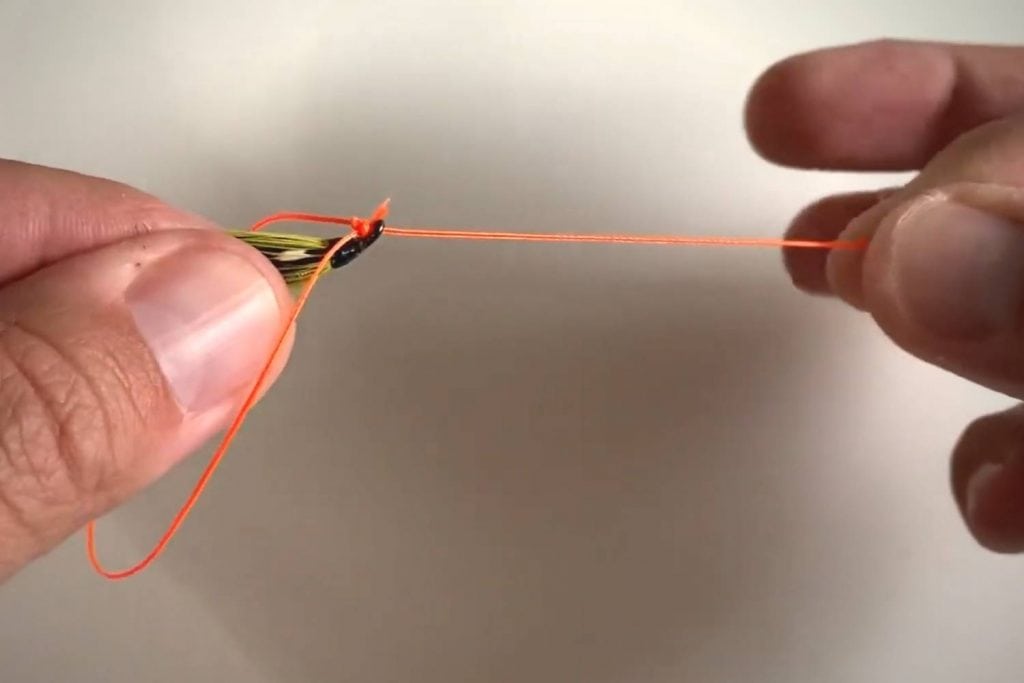Do you love fishing but don’t know how to tie a turle knot? Fishing can be a lot of fun, but if you don’t know how to tie the right knots, you could be left high and dry (or worse, with a fish on the line). In this blog post, we’ll teach you how to tie the turle knot so that you can start reeling in those big catches. So grab your tackle box and let’s get started!
What Is A Turle Knot?
Turle knots, also known as double fisherman’s knots, are a type of knot that is used to join two pieces of rope together. They are strong and relatively easy to tie, making them a popular choice for fishermen and other outdoor enthusiasts.
Turle knots are an old and popular fishing technique used to catch fish. The way that this knot holds the fly allows it to swim freely, which hopefully will entice more willing meal mates than if you were just using any other kind of fastener like silk or monofilament line with a leader attached at both ends.
Why Use A Turle Knot?
If you are fly fishing, is there anything that you have tied more often than the turle knot? No doubt the turle knot is one of the most used knots in angling, probably tying it right behind the clinch knot or uni-knot in frequency. Some even use it as their go-to knot for attaching a fly to the tippet. So what makes the turle knot so popular?
There are a few reasons. One is that it is very strong and can hold up under a lot of pressure. It is also relatively easy to tie, making it a good option for beginner sailors. Additionally, the turle knot is less likely to come undone than some other knots, making it a good option for securing heavy loads.
How To Tie A Turle Knot
What to prepare
A turle knot is a popular terminal tackle knot that can be used with many different types of fishing lines, but before getting started make sure you have plenty to practice on. With an error-prone fisherman like myself at hand, it pays off to have some extra line just in case something goes wrong! When tying this particular technique there need minimal materials, all I carry around are my eyelets from hooks or lures and swivels depending as well any snaps, etc…

Detailed instructions
Below are 4 easy steps to handle this knot:
Step 1: Loop your line around the hook or fly and then through its eye. Make a loop with one end by bringing it towards you, encircling counterclockwise.
Step 2: To create a second loop, simply go over the top of your first and return to where you started.
Step 3: Hold the larger loop with one hand and wrap it around two times in an opposite direction from where you want to go. Then hold on tightly, but not too tight so that there’s no give when pulling on both ends at once later on!
Step 4: Take the bigger loop under and over your fly or hook, wetting it thoroughly so that you can pull on both ends of the line until they snugly attach to their respective eye.
Why You Fail To Tie A Turle Knot
Firstly, people often fail to tie a turle knot because they simply don’t pay attention to what they are doing. Its a very simple knot, so it requires a lot of focus and concentration.
The second point that can be looked at is the time it takes for someone to tie a turle knot. People might find it faster to just tie around twice or use another method that does not require as much attention to detail.
The third reason, that the turle knot is not intuitive, can be easily understood if you think about it. Our natural inclination is for the long end of the rope to go over the loop, but in order to tie a turle knot, we have to put it under the loop. This takes a bit of getting used to, but with a little practice, it becomes easier.
In the end, there are many reasons why people might find it difficult to tie a turle knot. But with a bit of practice and attention to detail, anyone can do it! The turle knot is a very versatile knot that can be used for many purposes.
FAQs

How strong is the Turle Knot?
Turle is one of the stronger fishing knots and can handle about 80% as much weight. If you tie it with a 10-pound leader, then your tippet will only break under 8 pounds of force – that’s because turle has such strength!
Which fishing line would be most suited for a Turle Knot?
When it comes to choosing the right fishing line for a Turle Knot, you need to consider the size and weight of the fish you are hoping to catch. Heavier lines are better suited for larger fish, while thinner lines work well for smaller catches. In general, a monofilament line is the best option for this type of knot because it’s strong, resists abrasion, and is easy to tie. Monofilaments also have low memory, meaning that they don’t form coils like other types of lines.
Conclusion
Hopefully, this blog above has helped you learn how to tie a turle knot fishing. If not, please leave any questions or comments below and we will get back to you as soon as possible with an answer. Have fun out there!







